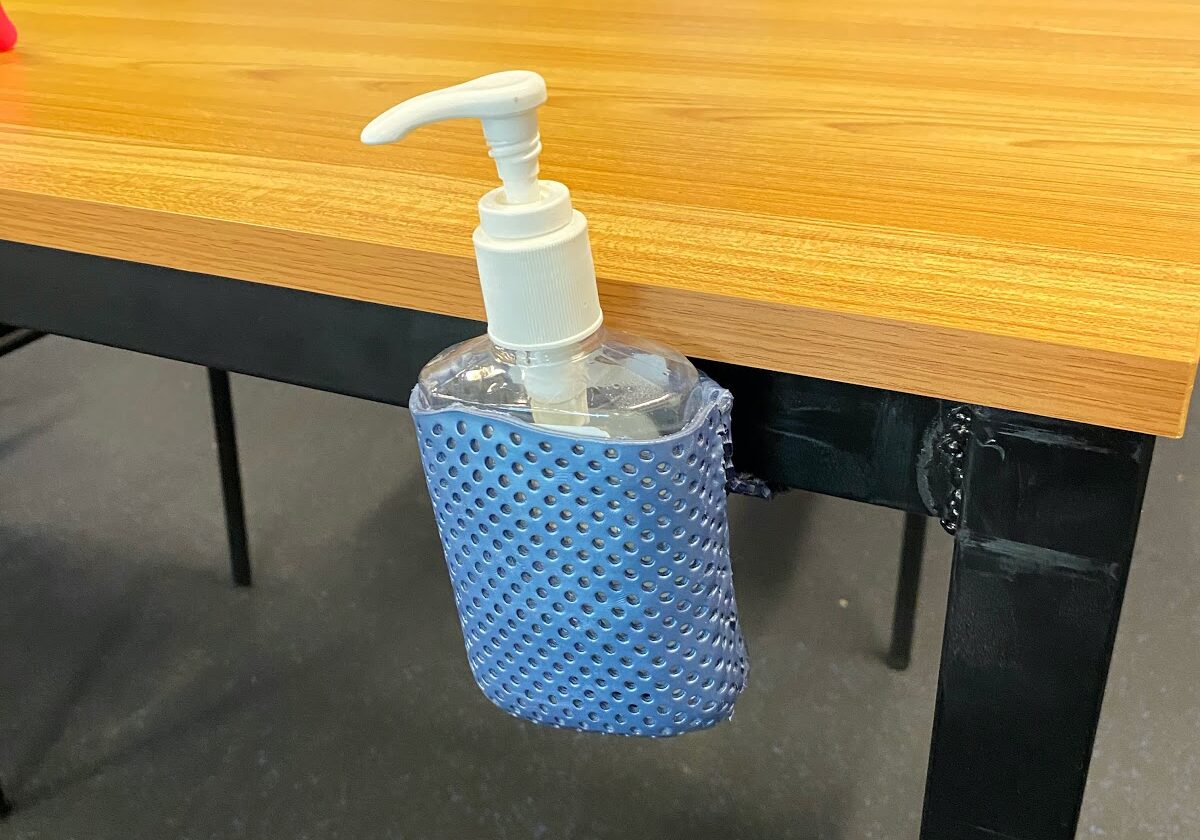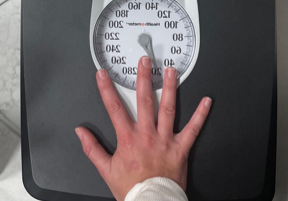Allah-Rastii, Z., Shamsoddini, A., Dalvand, H. and Labaf, S. (2017). The effect of kinesio taping on handgrip and active range of motion of hand in children with cerebral palsy. Iranian Journal of Child Neurology, 11(4), 43-51.
The Skinny:
Cerebral palsy is a non-progressive motor impairment caused by injury to the developing brain that can occur before, during or after birth. It often leads to spasticity, co-contraction, weakness, loss of movement control, and increase in reflexive reactions, all of which interfere with a child’s ability to
complete daily activities. Kinesio taping for wrist extension can support muscle and joint performance by providing proprioception/ feedback to a region, normalizing muscle tone, correcting positioning, strengthening weak muscles and/or stimulating muscles to fire in new patterns. This study tested whether a specific kinesio taping pattern resulted in increased range of motion and/or grip strength for children with cerebral palsy.
In the Weeds:
15 subjects in the trial group (age range 5-14 yr) and 15 subjects in the control group (age range 4-13 yr) had to meet four areas of criteria to participate:
- Diagnosis of cerebral palsy (hemiplegia, diplegia or quadriplegia)
- Hand/wrist spasticity rating less than 3 on the Modified Ashworth Scale
- Present thumb-in-palm and wrist flexion deformities
- Sufficient cognition to follow directions for measurements
Kinesio tape for finger extension was applied on the dorsal hand and forearm from origin of extensor digitorum to metacarpophalangeal (MP) joint of fingers, and from origin of extensor and abductor pollicis longus to MP joint of thumb. Tension of tape over the muscle bellies was 30% and over joints was 75%. The control group was taped in the same method with 0% tension throughout placement.
Fig 1. Kinesio Taping used in this study
The purpose of kinesio tape application in this manner was to reduce thumb-in-palm deformity (kinesio tape for thumb extension) and increase functional positioning of the wrist for completing daily activities by balancing the tension between wrist/hand flexors and extensors. Measurements were taken at baseline (day 1) and two days after application (day 3). Tape was then removed and then measurements were taken two days after tape removal (day 5) using a goniometer to gauge active range of motion, and vigorimeter to measure grip strength.
Bringing It Home:
Use of kinesio tape in this study resulted in a statistically significant improvements in active thumb extension/abduction, wrist extension, and hand grip for children with cerebral palsy. Results for the test group remained at the two-day follow-up measurements confirming that the
improvements remained after kinesio tape removal.
It is mentioned in the background that previous studies had shown success using kinesio tape in tandem with traditional occupational therapy to increase hand function however, it gives no details if or what therapy and home exercise programs participants were completing during this study or if kinesio tape was being used in isolation. The article also did not detail if participants were, or had recently completed, other adjunct interventions such as CIMT, botox, electrical stimulation, etc. Lastly, it does not report on the interrater reliability of kinesio tape application or state if the same person had completed taping for all the participants. Future studies should include comparison on this taping method in conjunction with various therapeutic and home exercise programs.
1 Comments
Leave a Comment
More To Read
Hand Therapy: Does Dry Needling work to Treat Trigger Finger
By: Taylor Volentine Reference: Azizian, M., Bagheri, H., Olyaei, G., Shadmeher, A., Okhovatpour, M. A., Dehghan, P., Jalaei, S., Sarafraz, H. (2019). Effects of dry needling on tendon-pulley architecture, pain and hand function in patients with trigger finger: a randomized controlled trial study. The Journal of Physical Therapy Science, 31. 295-298. doi:10.1589/jpts.31.295 Photo retrieved from…
Read MoreCovid-19: What is your clinic doing?
It’s what every patient is talking about when they come in? With the suspension of every major sport, international travel banned, and hospital quarantines, everyone wants to know what their own therapists are doing to address the problem. I’m a small business owner and therapist. That means I really have 3 priorities. 1: Protect my…
Read MoreUpper extremity weight-bearing tolerance
Barlow, S.J., Scholtz, J. & Medeiros (2020). Wrist weight-bearing tolerance in healthy adults. Journal of Hand Therapy, xxx currently in press. The Skinny Wrist pain and instability are common occurrences and can occur with acute or chronic injuries. This leads to significant dysfunction, including the inability to tolerate axial loading through the upper extremity. There is…
Read MoreSign-up to Get Updates Straight to Your Inbox!
Sign up with us and we will send you regular blog posts on everything hand therapy, notices every time we upload new videos and tutorials, along with handout, protocols, and other useful information.





Hi, I am.mom.of q5 years old CP child. I am.lookimgnfor something that can.help.in improving his hand.functions and.posture too. He generally keep his arm internally rotated. On demand he can.correct it.